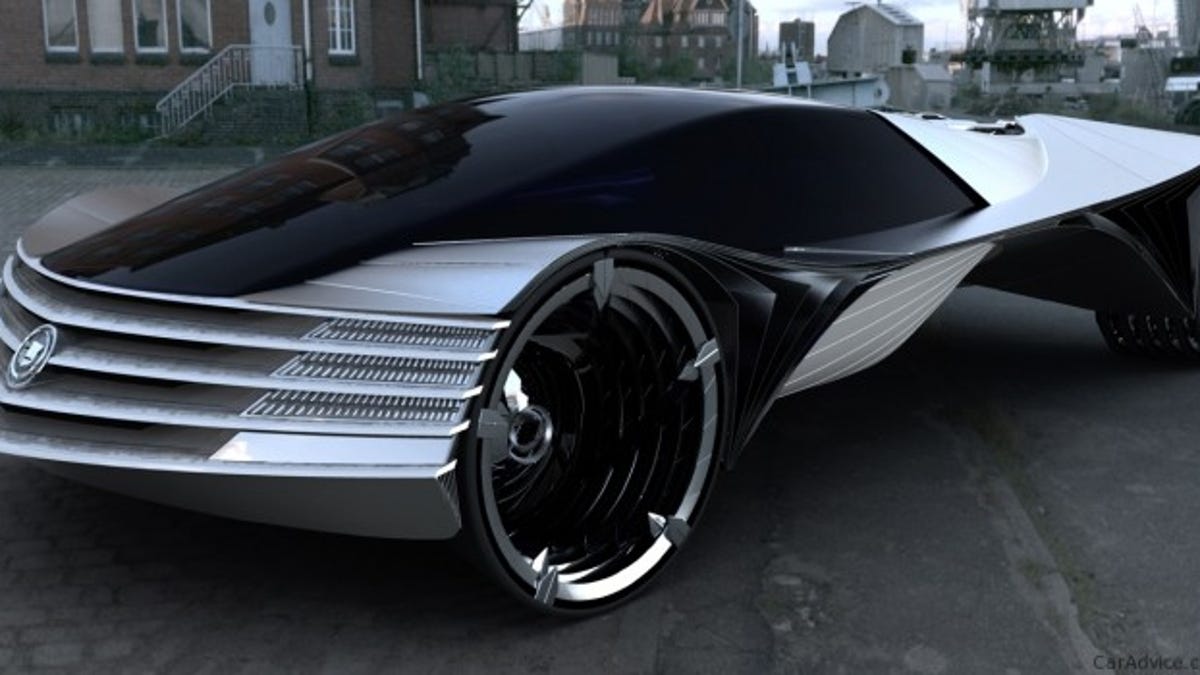Is a nuclear-powered car in our future?
Thorium is being explored as a less toxic and more plentiful element than uranium to use in nuclear reactors--but could it also be used to power vehicles?

As a design exercise to show what a vehicle capable of lasting 100 years without maintenance could look like, Cadillac debuted at the 2009 Chicago Auto Show its World Thorium Fueled concept car powered by nuclear energy. While the vehicle didn't contain a working thorium-fueled nuclear reactor, one researcher says that the technology is within our reach.
Charles Stevens, a researcher at the Massachusetts R&D firm Laser Power Systems, is creating a prototype of a thorium-powered laser that can be used to generate enough energy to power a vehicle while producing zero-emissions, according to an article in the Txchnologist. Rather than a small-scale thorium-powered nuclear reactor--as floated by the Cadillac concept--the prototype system Steve is designing uses a proprietary high-intensity "MaxFelaser" laser that is fueled by thorium.
According to the article, the MaxFelaser laser beam turns water into pressurized steam, spinning a turbine and generating electricity. The system can produce a total of 250 kilowatts (equivalent 335 horsepower), weighs about 500 pounds, and can fit under the hood of a car. That sounds great, but how realistic is this?
Thorium has been touted by several nuclear scientists, and some have given lectures at Google and TEDx promoting thorium as a better nuclear fuel source than uranium. Less radioactive and more plentiful than uranium, thorium is being tested by researchers in China as a potential fuel for nuclear reactors. Swapping uranium for thorium in a nuclear reactor is one thing, but putting a radioactive element in moving vehicles is another.
While small-scale thorium-powered nuclear reactors are theoretically possible, none have been designed that could fit in a car. Stevens' system uses a thorium-powered laser to turn water to steam, which could be used in a car. Although no photos or studies on the feasibility were provided in the article, Stevens told the Txnologist that he built the MaxFelaser in 1985, and is now working on integrating it with a modified Tesla turbine and generator that he fabricated.
Stevens hasn't set a date on when his prototype will be completed, but whether this technology will ever see the light of day is a valid question. Judging from his past online posts in forums and news sites, he's been touting this system for years despite his claim that auto manufacturers could have it working in vehicles within two years. And even if Stevens manages to pull off a thorium-powered car, it's likely to raise safety concerns.

